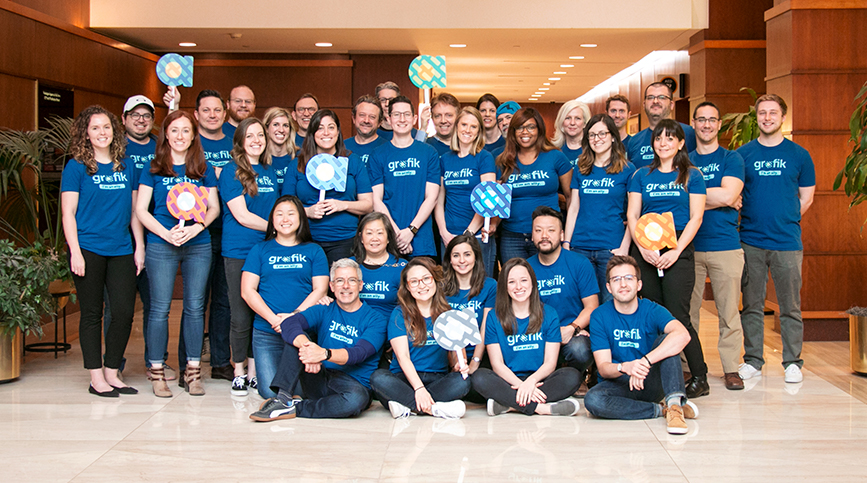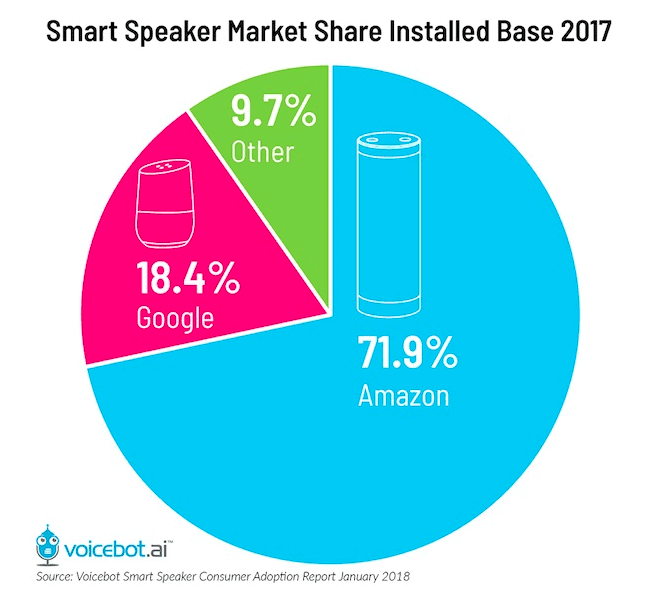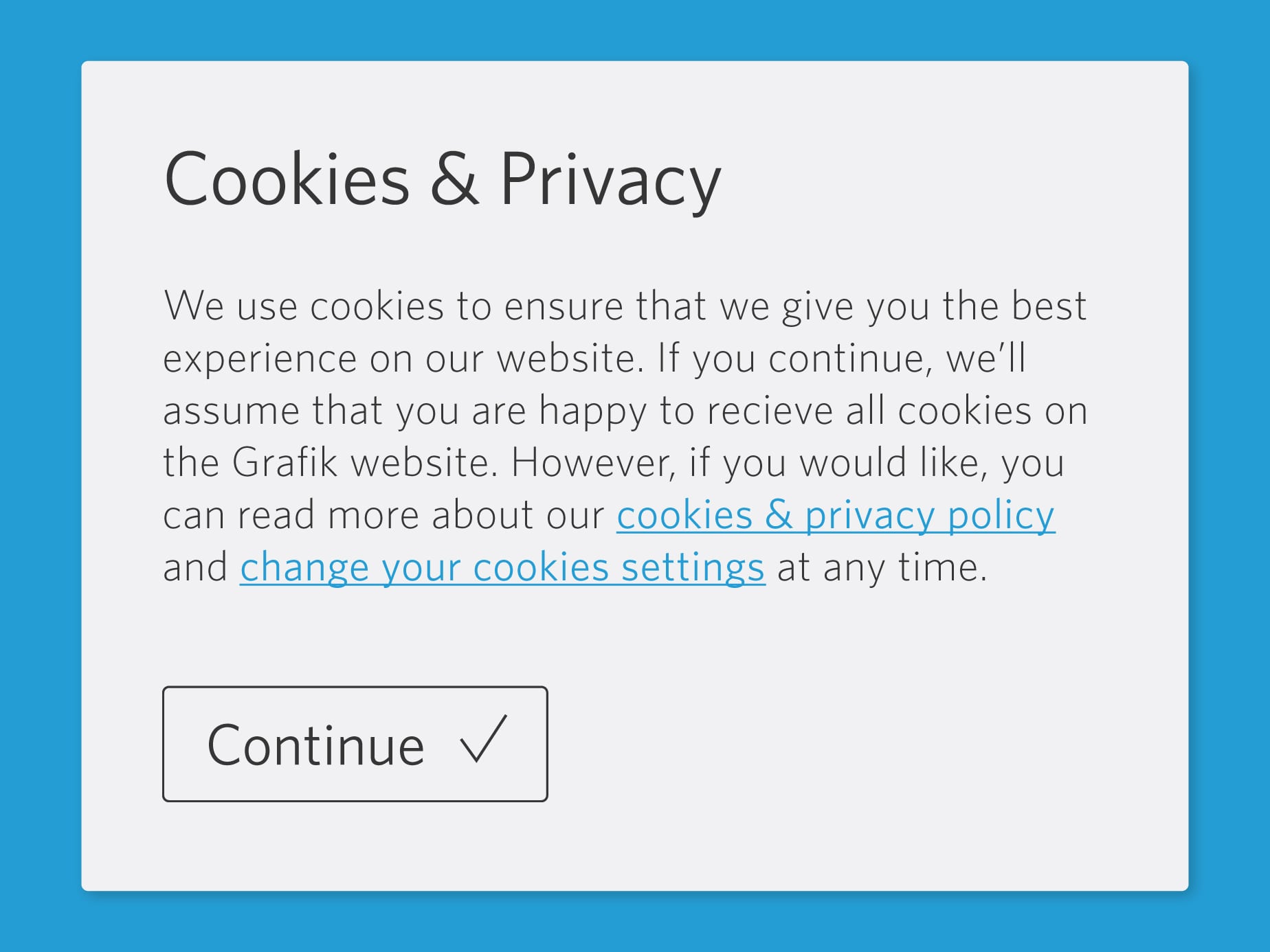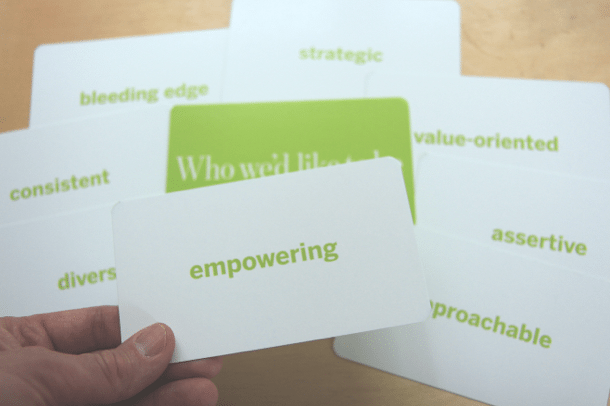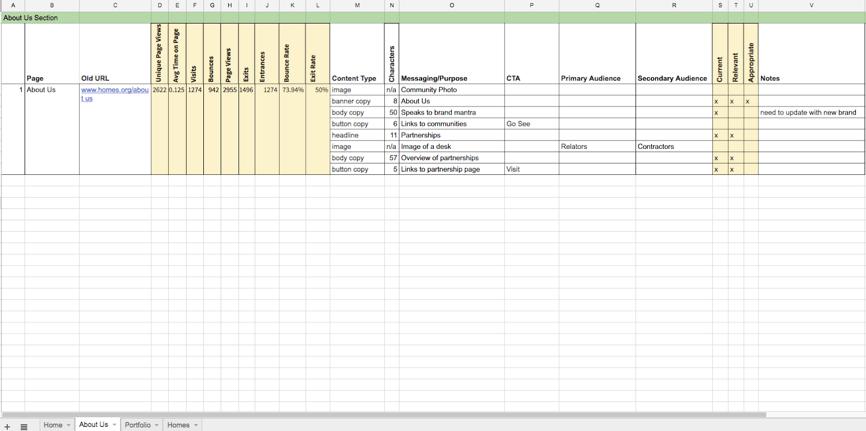Episode Summary:
The Americans with Disabilities Act, known as the ADA, was signed into law in 1990 by George H.W. Bush, protecting the rights of the disabled and the impaired. But since then, businesses have been hit by a record-wave of lawsuits that allege websites are not ADA compliant. However, the cost of making websites accessible can be steep, ranging anywhere from several thousand dollars to a million. The costs and effort involved have left the development community, businesses, and the agencies that support them divided on the issue. In this episode, front-end developer Paul Miller discusses the moral gray areas of ADA website compliancy.
Transcript:
Clara:
The Americans with Disabilities Act, known as the ADA, was signed into law in 1990 by George HW Bush, protecting the rights of the disabled and the impaired.
**Sound clip of George Bush**
- Every man, woman and child with a disability can now pass through once closed doors, into a bright new era of equality, independence and freedom.
Clara:
While previous ADA lawsuits focused on the physical barriers to access businesses, such as wheelchair ramps, closer parking spaces, or easy to access brailed headlines, the conversation has shifted to the ethical questions websites now impose when it comes to accessibility for all.
**News sound clip**
- Businesses, now hit by a record-wave of lawsuits in connection with the Americans with Disabilities Act. In particular, lawsuits that allege websites are not ADA compliant.
Clara:
In recent years lawsuits have targeted businesses across a number of industries, including retail e-commerce sites, such as Rihanna’s Fenty Beauty, streaming services like Hulu, or even sites of respected educational institutions such as Harvard and MIT.
The root of the problem? In the ’90s Congress didn’t anticipate the crucial role the internet would have in the 21st century. However, the cost of making websites accessible can be steep, ranging anywhere from several thousand dollars to a million, depending on the scope and the complexity of a website, leaving the development community ,the businesses involved, and agencies divided on the issue.
To help break this down even further I have with us in the studio, Paul Miller. He’s a full stack developer who specializes in front end development. His passions revolve around the latest advances in CSS, animations, and as of the last two years, accessibility.
So Paul, we’ve seen this issue catch like wildfire in recent months. What do you think was the catalyst for all this debate?
Paul:
It’s really hard to pinpoint what’s made this fall into the zeitgeist, but like most things, once it’s in there, inside the Twitter verse, it just becomes a central focus. And for me, this is when things really started to come into focus for myself, I just started to focus more on accessibility and what that meant for me as a developer and what my moral obligations are, if I have any, for that matter.
And as best as I can summarize it, it kind of boils down to three main points against working towards accessibility. And then one point towards working for accessibility. For it, is that it’s a moral obligation for the developer.
There’s a rough estimate of about 20% of individuals online who have some kind of mental or physical disability. So, de-facto, that means that 1/5 of the people who are on the internet are working through something that typically someone with a mouse and keyboard and general functionality of their of their body would not have to struggle through.
So the point is that you want to assume that whoever might be on your website might be struggling with these things. And you don’t want to make it harder for them. Er-go, it’s a moral responsibility of the developer. When the ADA was first put together in the 1990s, the idea was that this is mostly for those who are going through either in-person discrimination or have to get over some kind of physical hurdle that their disability was keeping them from being able to surpass on their own.
And now that has been co-opted as a means of litigation against companies that aren’t compliant with accessibility rules that are now being co-opted into the ADA.
Let’s just look at how things have changed for both of us when it comes to finding a job. I remember I could go to Subway, fill-in an application, and just get to work that day. But I can’t think of a single place on the planet anymore that takes a paper application. Everything is done online. So am I just going to say, ‘Well, you have a physical disability so you can’t work here because you can’t go through our website.’ They don’t have the option. And that’s the problem.
That’s the big controversy — the arguments against it kind of revolve around what’s moral or immoral for one person might not be the same for another person. Because moral is a big gray area of conversation.
One of the best things about the web is that the friction of starting and growing a business is low, and accessibility adds to that friction. And this one I specifically don’t agree with, but handicapped people bear some responsibility in managing their own condition and site entirely on the developer to work around that.
Are these people worth it? That’s, I mean, that sounds really awful. But like that’s really what it comes down to, you know, are these people worth the extra effort to make things accessible? The extra money, to buy the time to make it accessible, and the extra friction, it adds to starting your own business to make this consideration for other people.
**Music fades up**
I personally think so. I think that that’s the gold standard that we should be achieving.
**Music break**
Clara:
I’m sure that it varies by how big a site may be, but how big of a lift is rehabbing a site that already exists to make it more accessible?
Paul:
To develop without accessibility in mind from the get go, and having to do all this posthumously, becomes a massive game of jigsaw. Because once you start restructuring, things become more accessible. You don’t know what you’re going to end up decoupling as a result. And one thing leads to another and all of a sudden, things start breaking that you can’t explain.
I personally think, and I’ve seen the result of this, is that if you start thinking about accessibility, from the design phases before it even hits development, that’s when you start seeing the least amount of friction. And if…I understand that some designs are so fantastic that it’s difficult to see how accessibility can work with them.
**Music fades down**
But I point to Apple and Microsoft in this regard. These are two massive companies with their own design presence — Apple, especially. They know how to make something accessible and cool all at the same time. The entirety of all of their websites are accessible. And they have entire accessibility tool sets dedicated to it. And they put out information for developers to follow when it comes to adhering to accessibility guidelines, both Apple and Microsoft. So I say, if you want to see an example of it done correctly, and start seeing the trailblazers on this very subject, I would look at Apple and Microsoft.
Clara:
So right now no formal government standards exist for businesses to follow to ensure that their website at a compliant, but there are guidelines such as the Web Content Accessibility Guidelines, that are sort of meant to act as a baseline for making websites accessible.
Could you tell us a little bit more about these guidelines, who enforces them, and in your experience what role, if any, they play in the early stages of a website’s development?
Paul:
WCAG guidelines aren’t proposed by any kind of official government agency or any kind of agency that has some kind of like, you know, litigious power in order to enforce it on others.
However, they are often cited when litigation is brought up. Myself and many other of my peers — we use WCAG as a metric for how to see whether or not something is or is not accessible. There’s three levels, you have a through triple A, (but) the sweet spot is double A — you want to at least be at that point. And that’s when you can say you have an accessible website. And that’s just become an implicit norm. Everyone accepts that as like, the gold standard, so to say.
But prior to that it was just the ADA and there was no verbiage inside of it that suggested websites need to be compliant until around 2006, when the internet started to become more prevalent. (People) Started to realize things like Facebook, and Twitter, and Instagram, and YouTube — all of these things are starting to pop up. And we’re all starting to foresee see that introductory look into the new digital age. And old laws tend to become living documents. And that’s what the ADA has become. Now that’s the main enforcement tool used for litigious offices to say, “Keep eBay or Hulu or Beyonce in check.”
A good first step on how to bridge that gap that we’ve been talking about — I cannot recommend Dave Reaper Rupert’s a live in whining attrition cards more. They succinctly go through, like, very common components that any developer will end up building out and explaining from the very get-go, how to build them out to be accessible, what you have to include in order to do that. So it’s like it–it’s the spark notes of accessibility. Where as WCAG is the full novel.
Clara:
So it sounds as if ADA lawsuits can be sort of a murky thing to navigate when it comes to who should be held accountable for these things. You know, should it be the buyer? Should it be the website developer? Should it be the agency? Who’s actually liable in these lawsuits? And do you think we’ll ever see a day when agencies will be required to include accessibility in scope of works?
Paul:
That’s a very difficult question to answer. Is it the agency’s responsibility to put it inside of the-the language of the initial contract? Is it a development team within the agency to make sure that this is part of the development process? Like, again, is this a moral obligation or is this friction? And it’s difficult to say.
If you were to ask me personally, I think it’s the agency’s responsibility to put that language inside of the contract itself. To say that, you know, “We will be doing X or Y specifically with accessibility.” Either at cost of the of the vendor or at cost of the agency.
Now that becomes problematic because now you’re talking about whether or not an agency should be (quote, unquote) donating money towards a good cause. Agencies need to become smarter about how they gauge out timeline it’ll take to complete a project and keep accessibility in mind. Because at the end of the day, it does add additional development time it does add additional tests, it does add additional loops that are just dumped through to make sure that everything is working correctly between PC or Mac and phones for that matter. And there are people who can’t use computers — they have to do everything by other phone. But me personally, I think the onus falls on the developer, I think part of it should be looking (to) understand (the) implicit understanding of our job titles.
But clearly not all developers agree with this. So ultimately, I think when it comes to reality it falls on the agency or whoever is being contracted to build the work to be very upfront about the additional time and the additional costs that this kind of accessibility layer will end up costing someone.
We developed websites for the web, it’s web development, that’s what we do. So we should be able to section certain parts of the website off because we’re trying to be speedier, we didn’t know any better. That’s no longer a good enough excuse. The information’s out there. And if you’re willing to just type in ‘Accessibility’ into Google (it) will be some of the first things you see via Apple, via Microsoft, via WCAG, via the Mozilla Development Network. It’s everywhere. It’s no longer excusable.
**Music fades up**
Clara:
Paul Miller is a full stack developer who specializes in front end development. You can learn more about Paul, at PaulKMiller.com.
I’m Clara Shannon and you’re listening to Studio G.
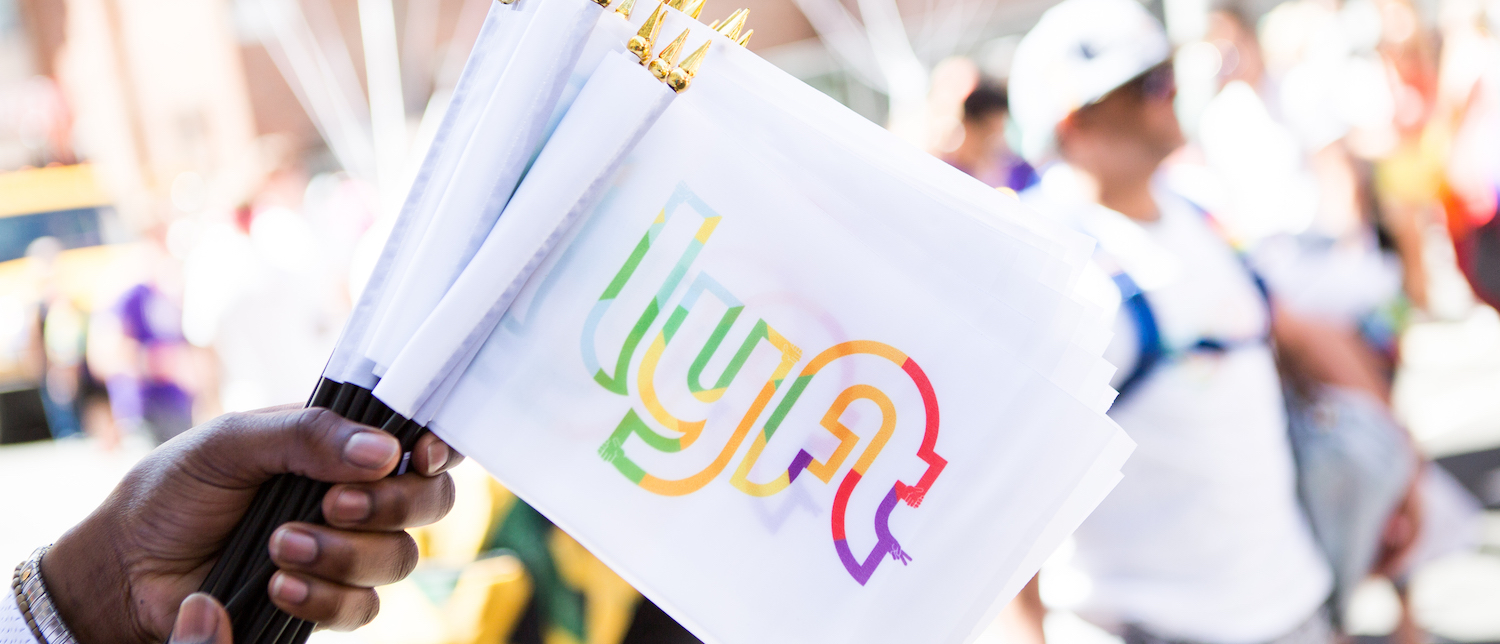
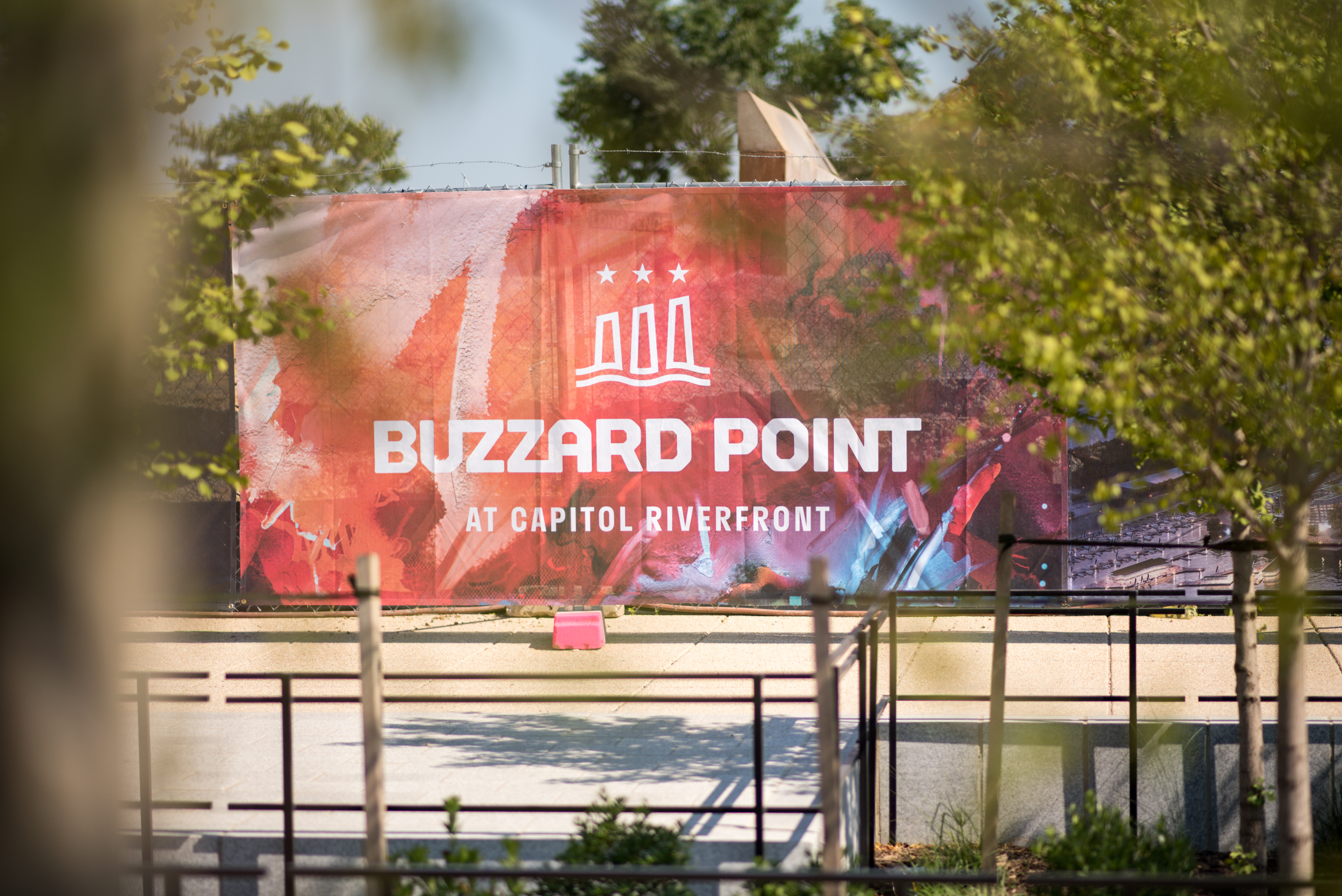
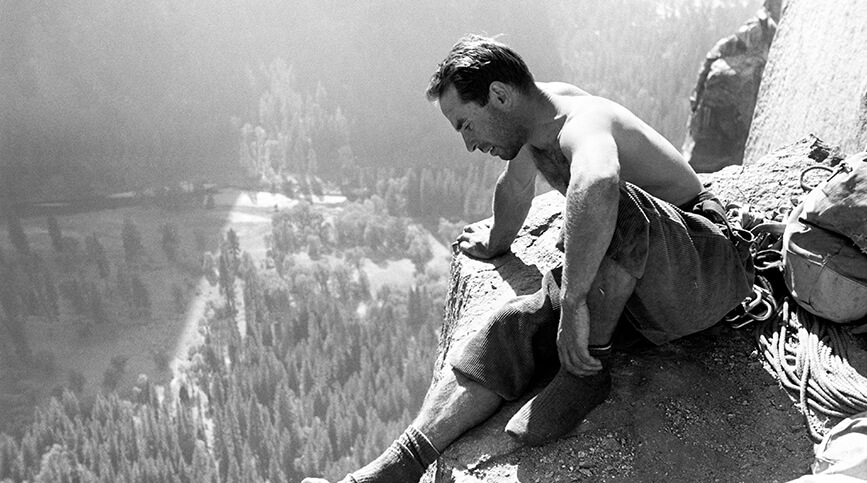 Yvon Chouinard, Image: Tom Frost, Aurora Photos
Yvon Chouinard, Image: Tom Frost, Aurora Photos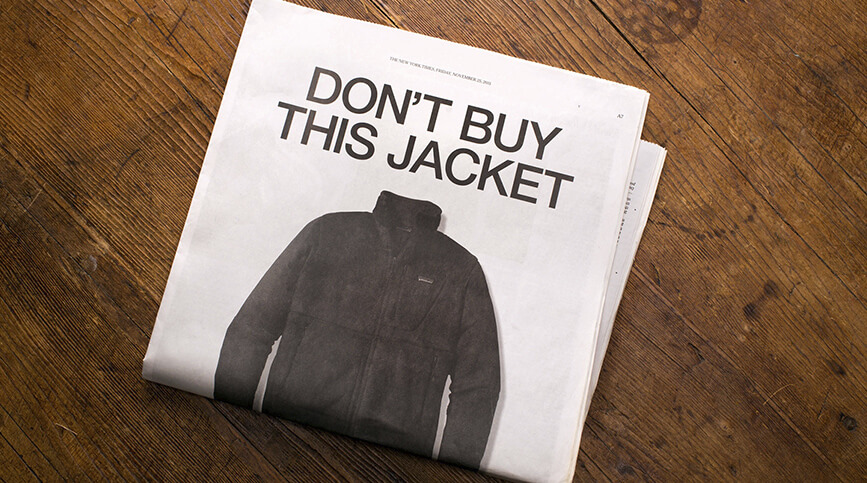 Patagonia’s Black Friday Ad, The New York Times, 2011
Patagonia’s Black Friday Ad, The New York Times, 2011